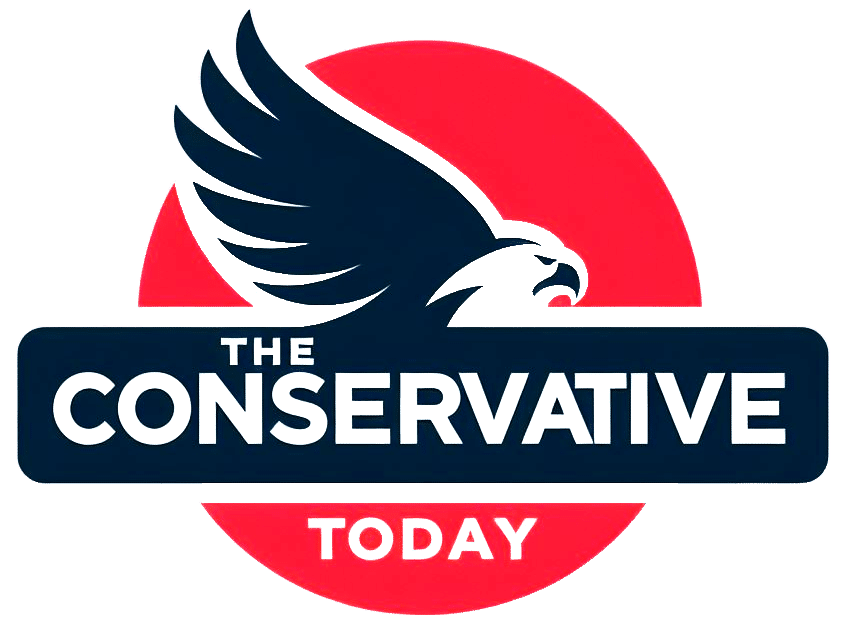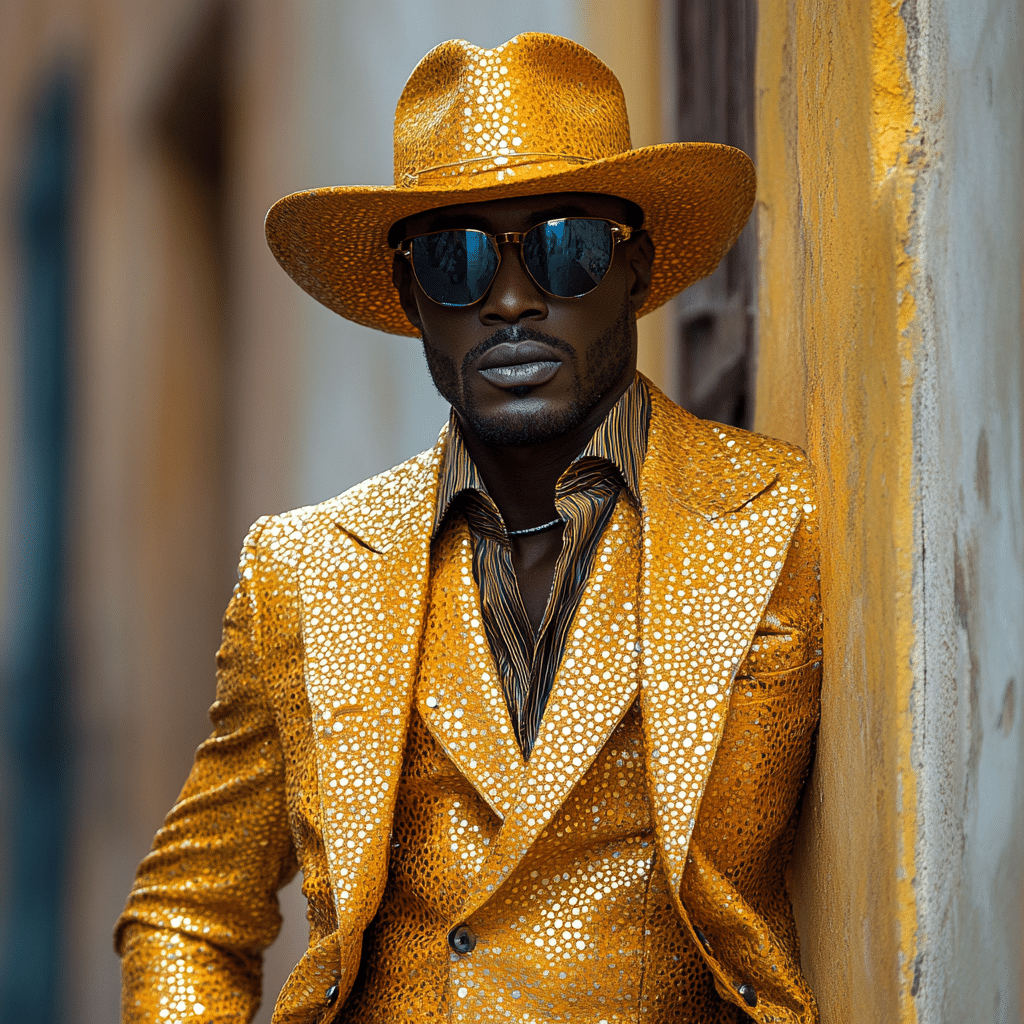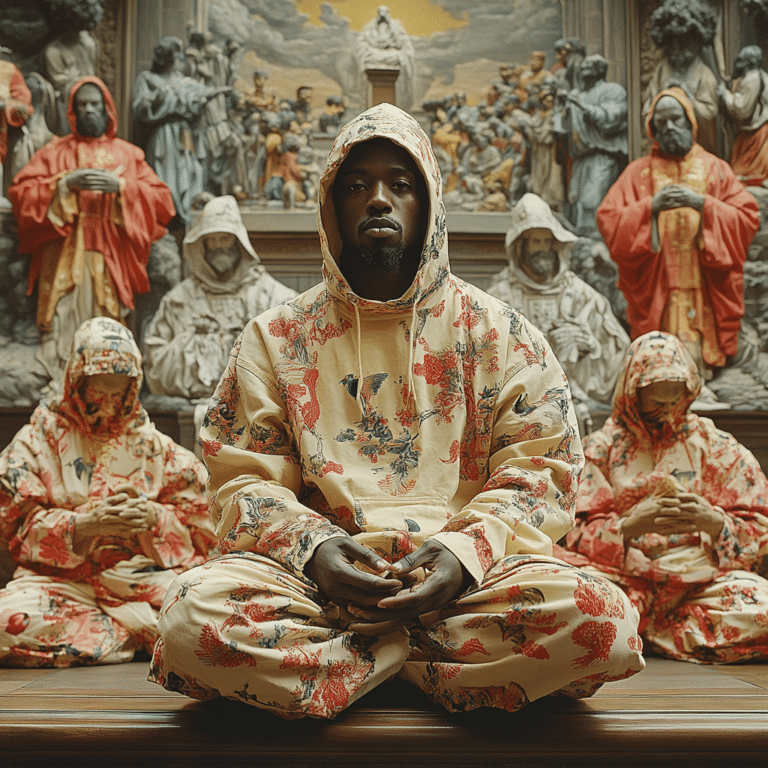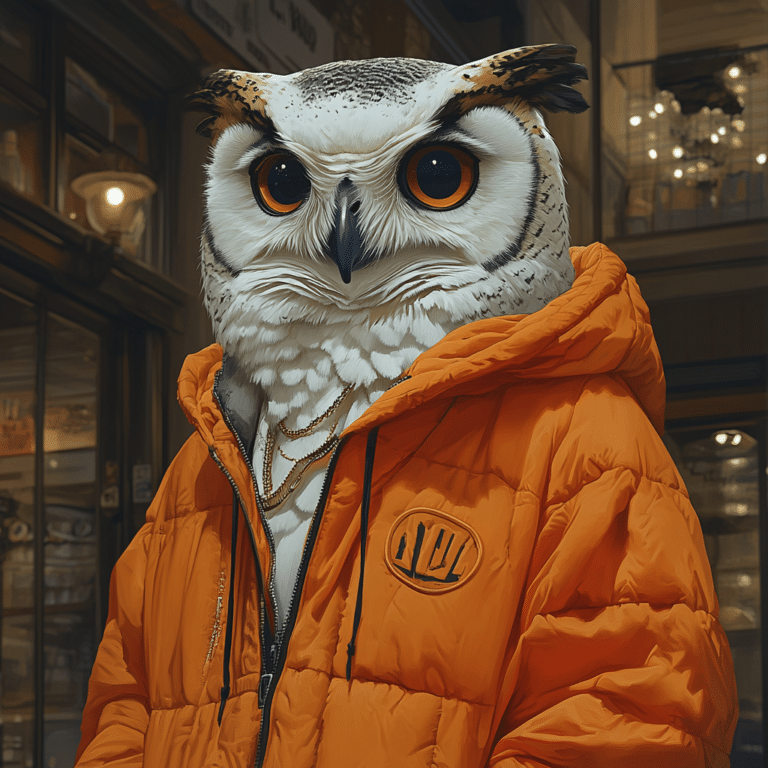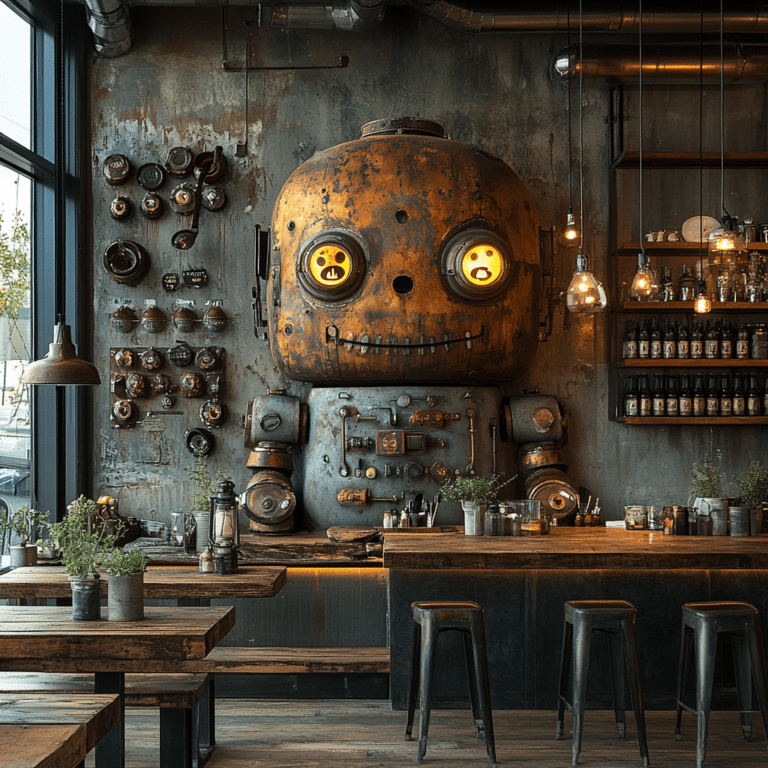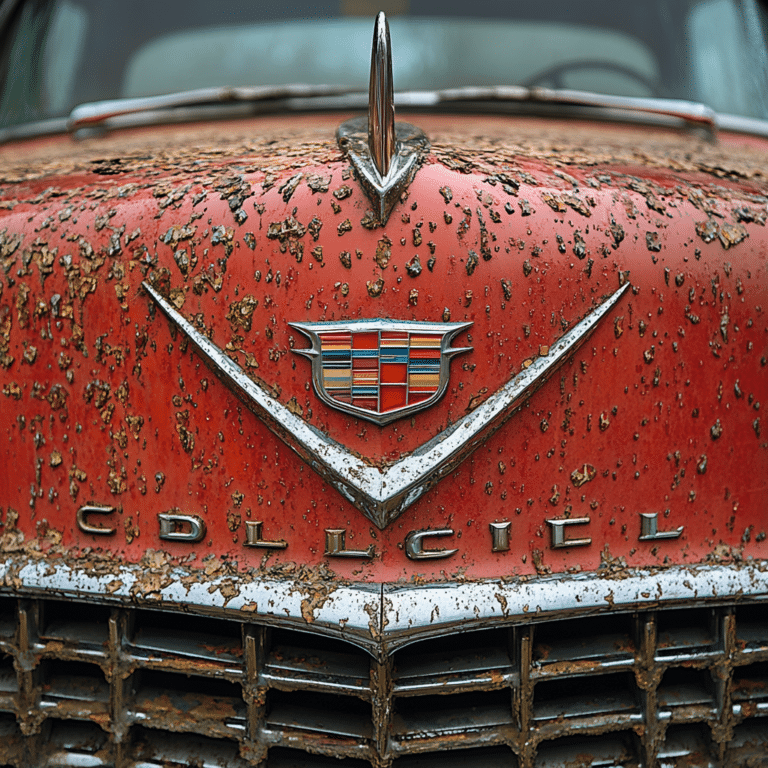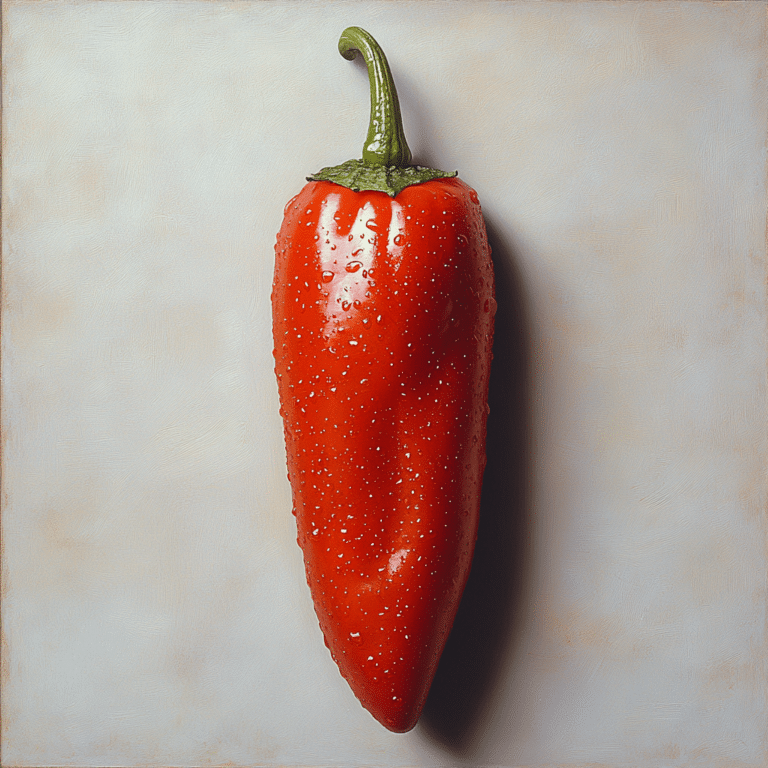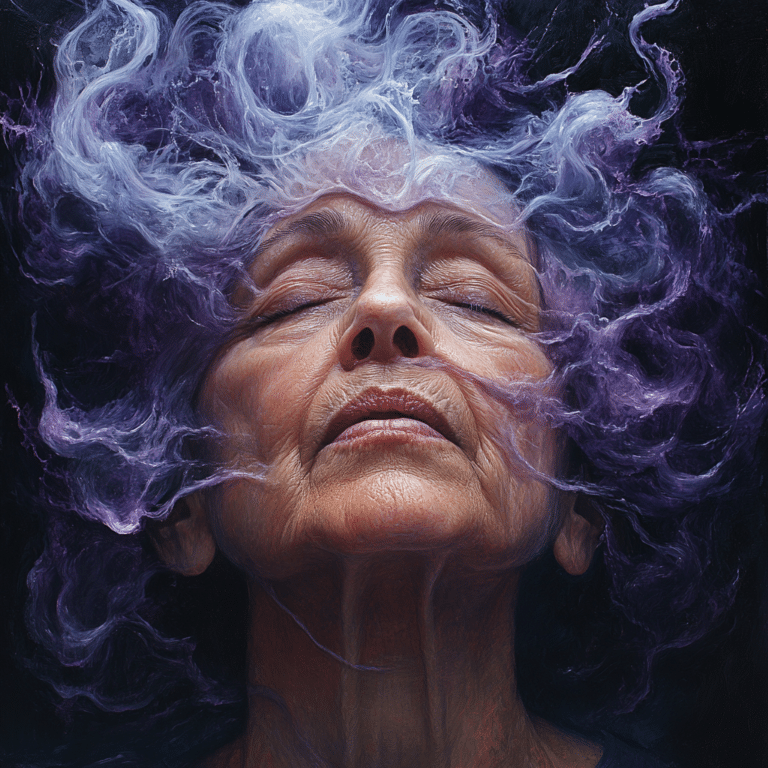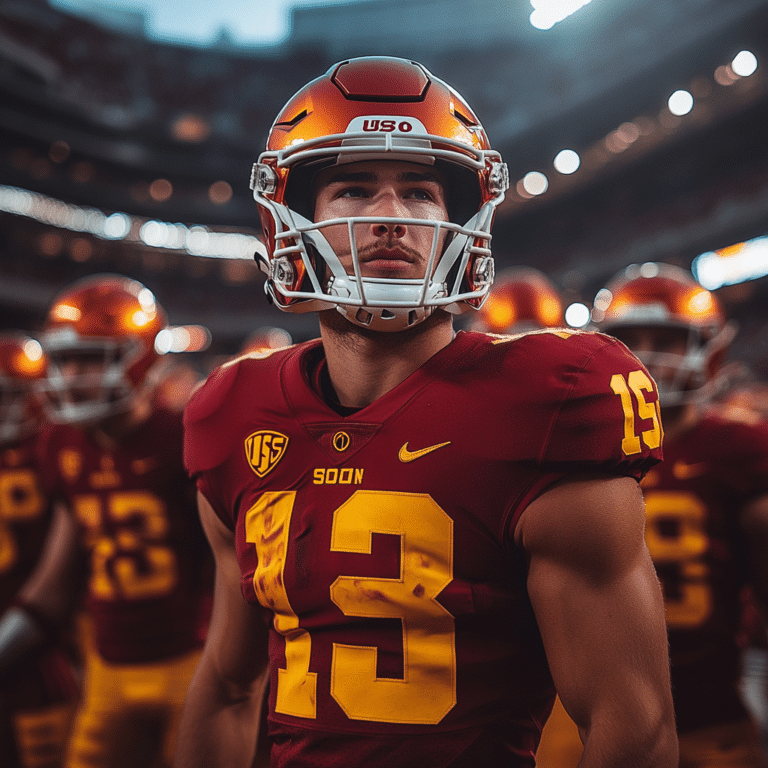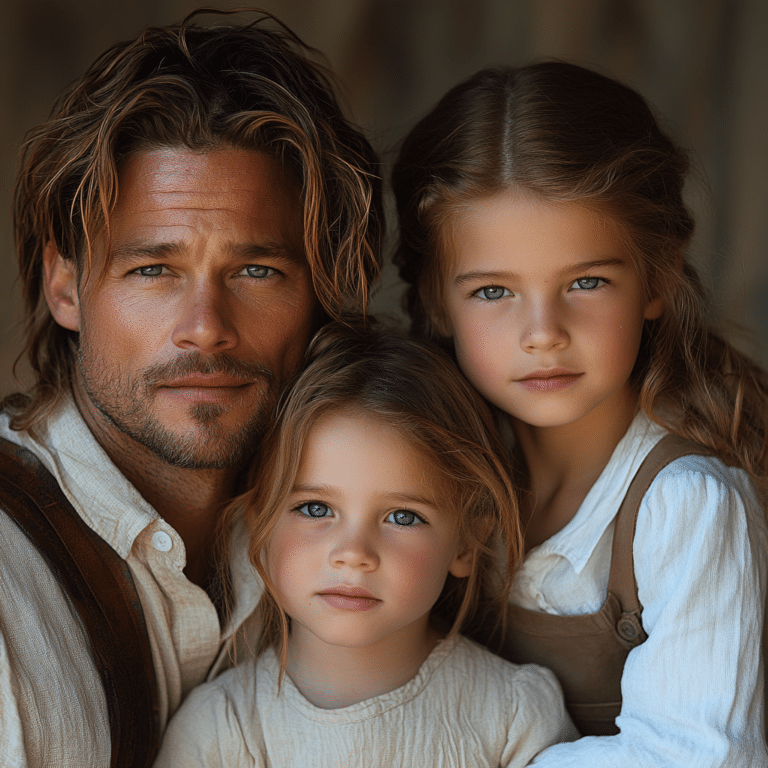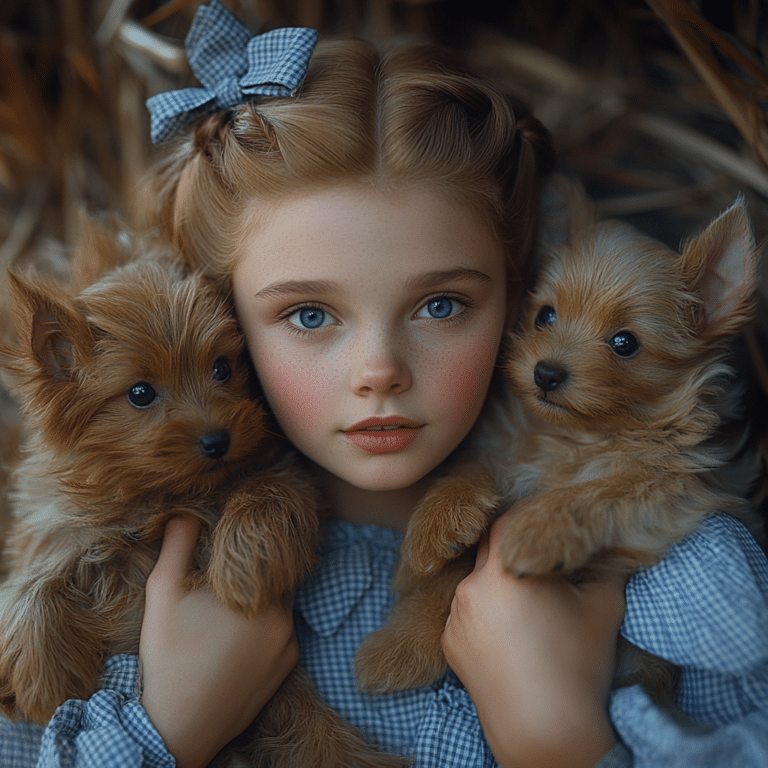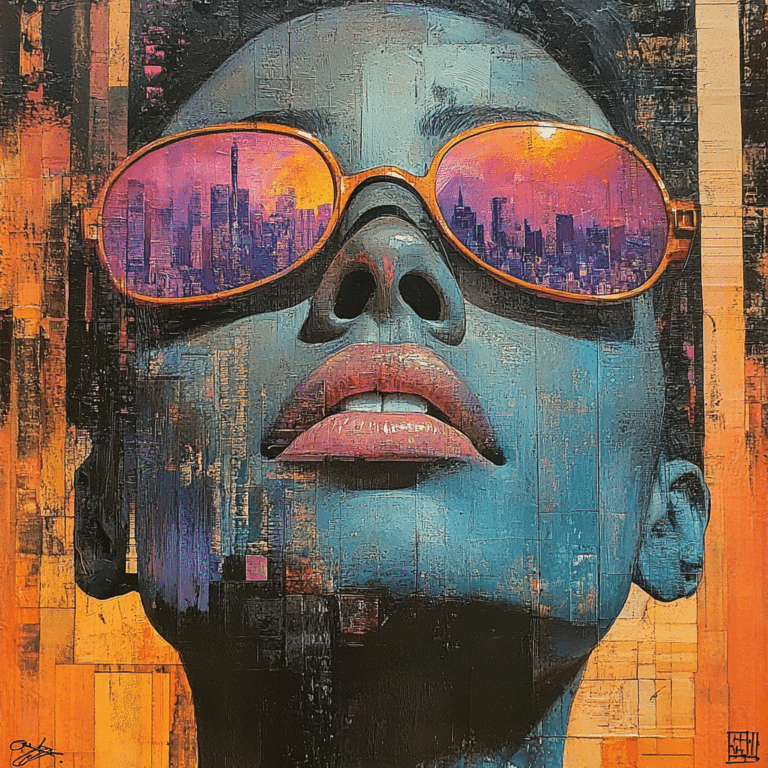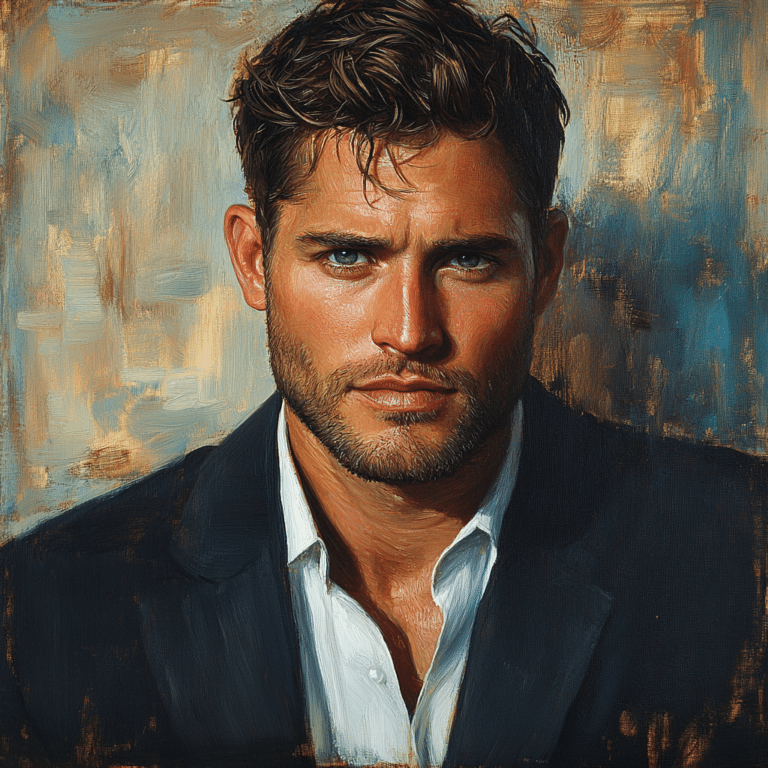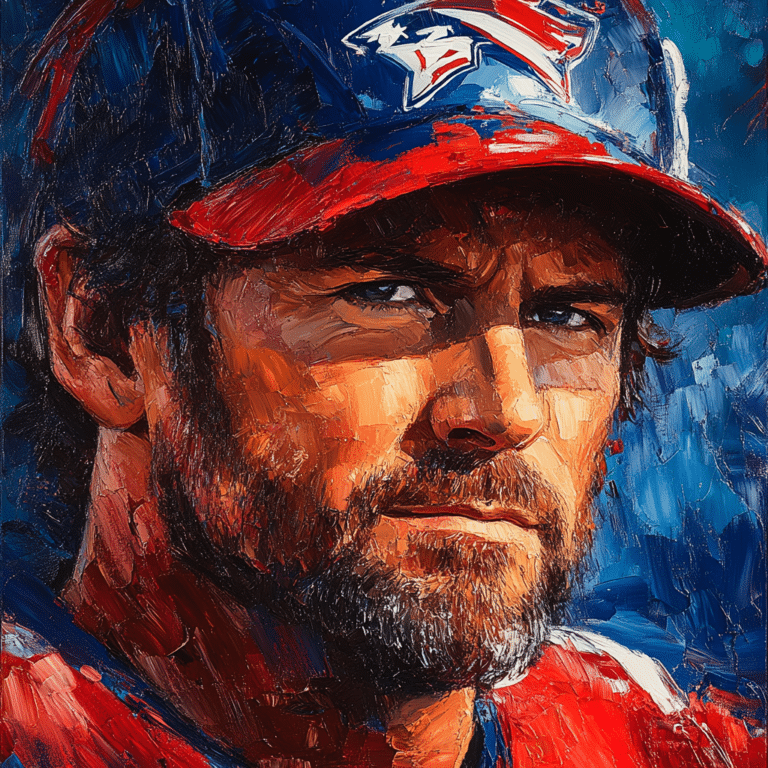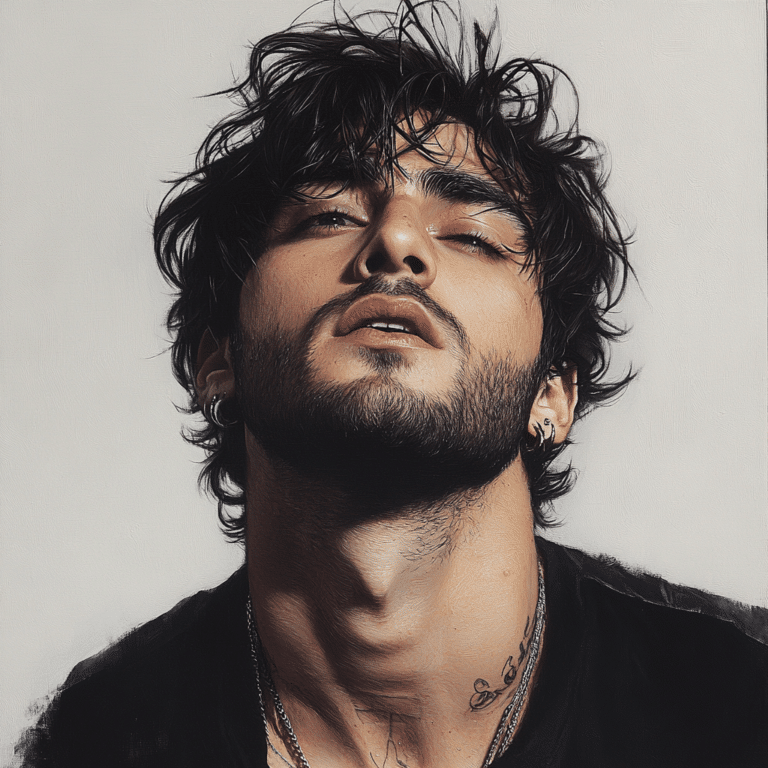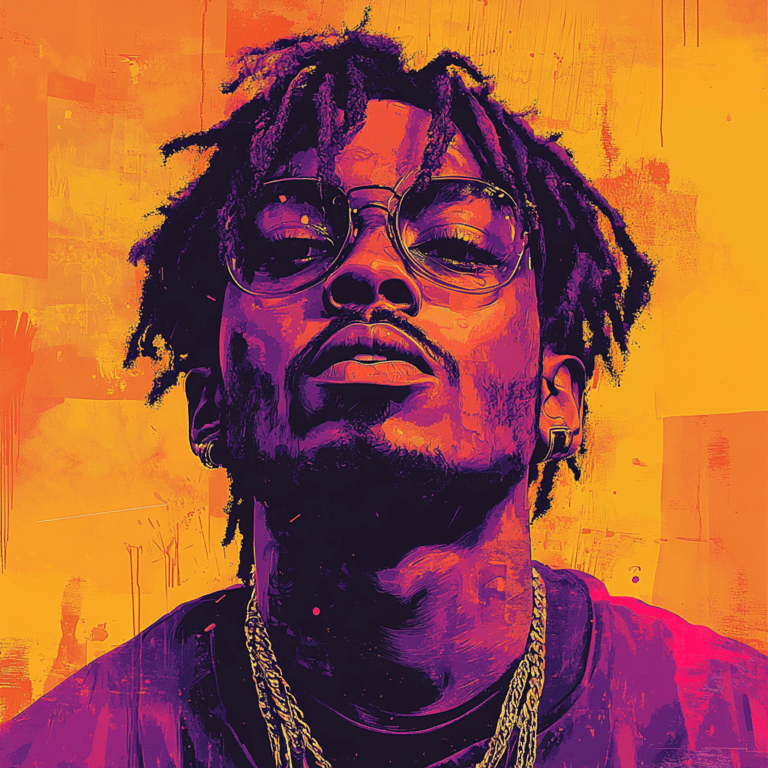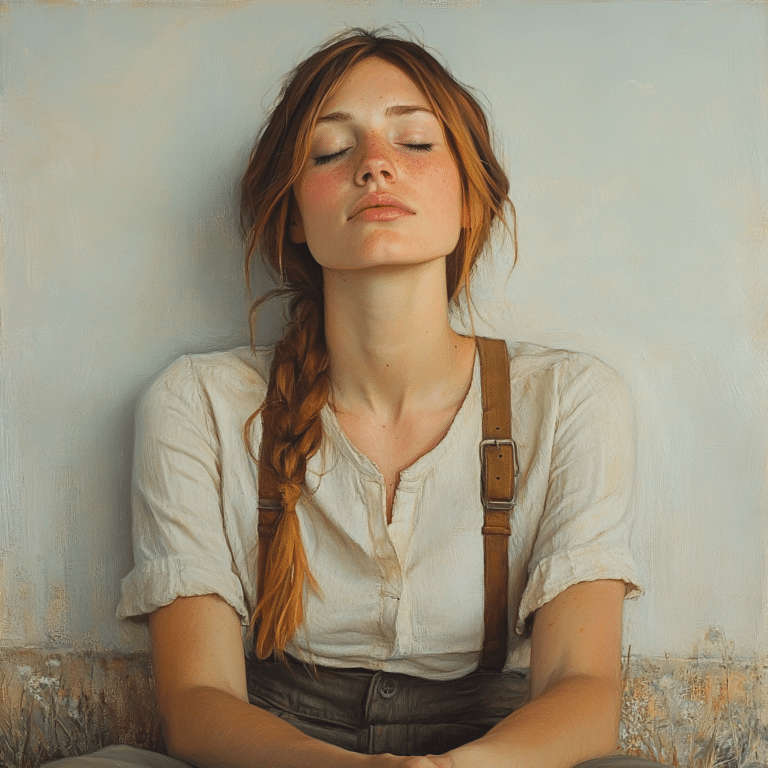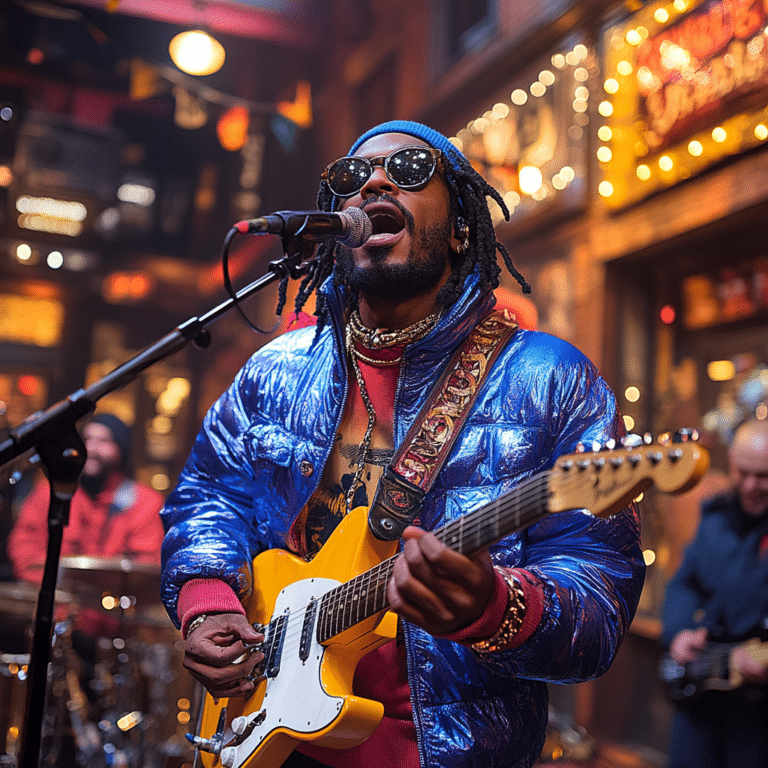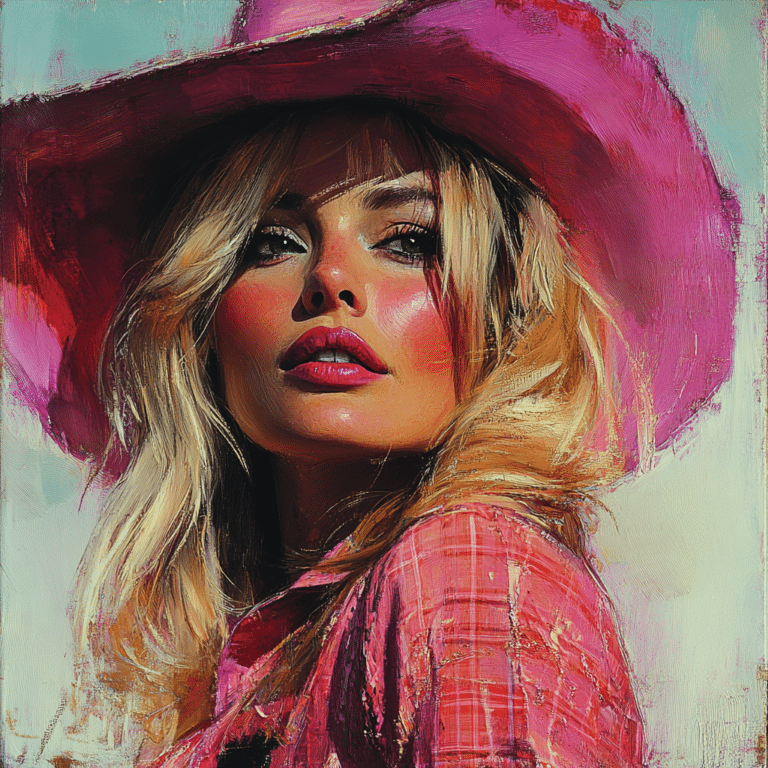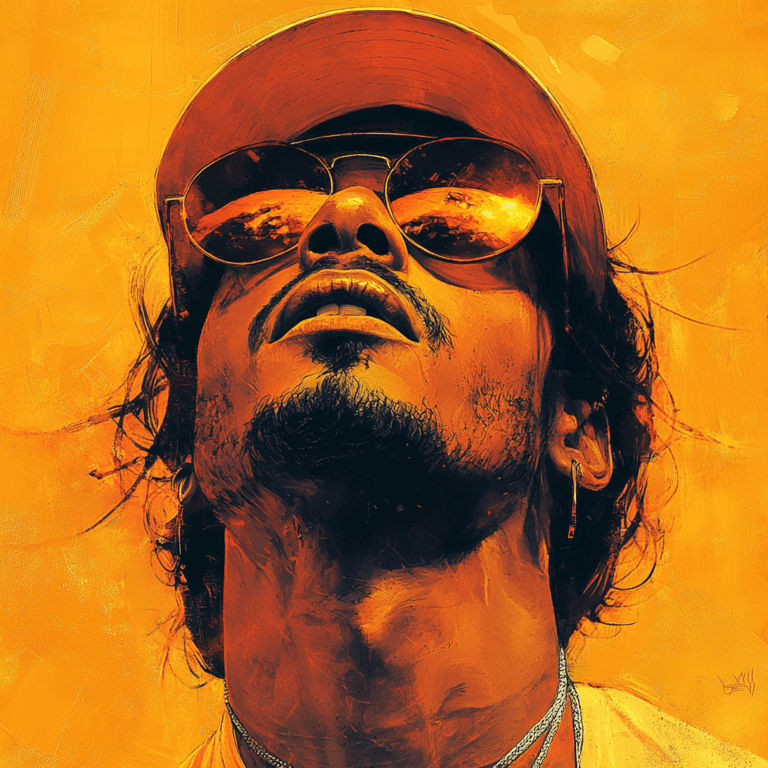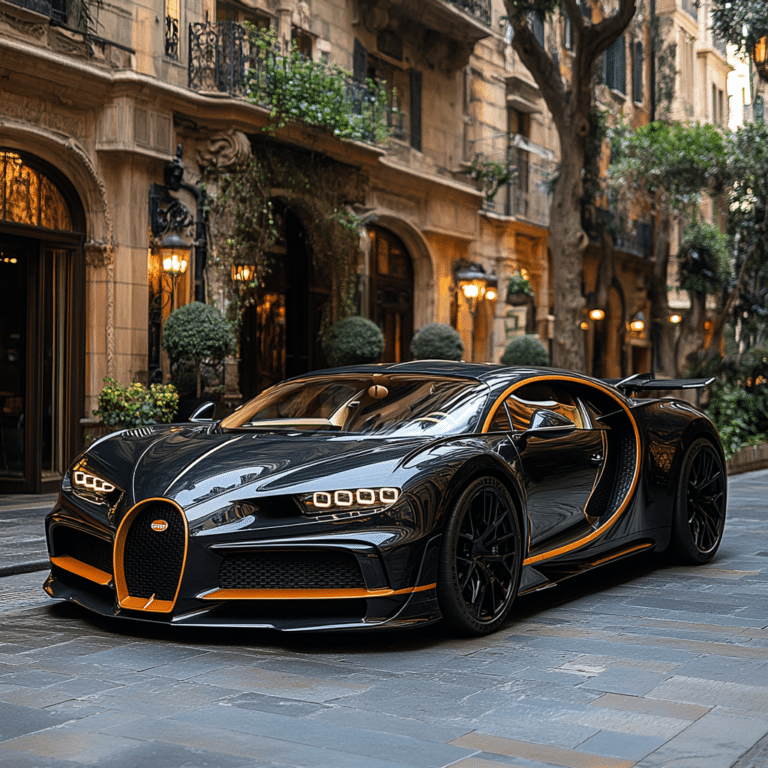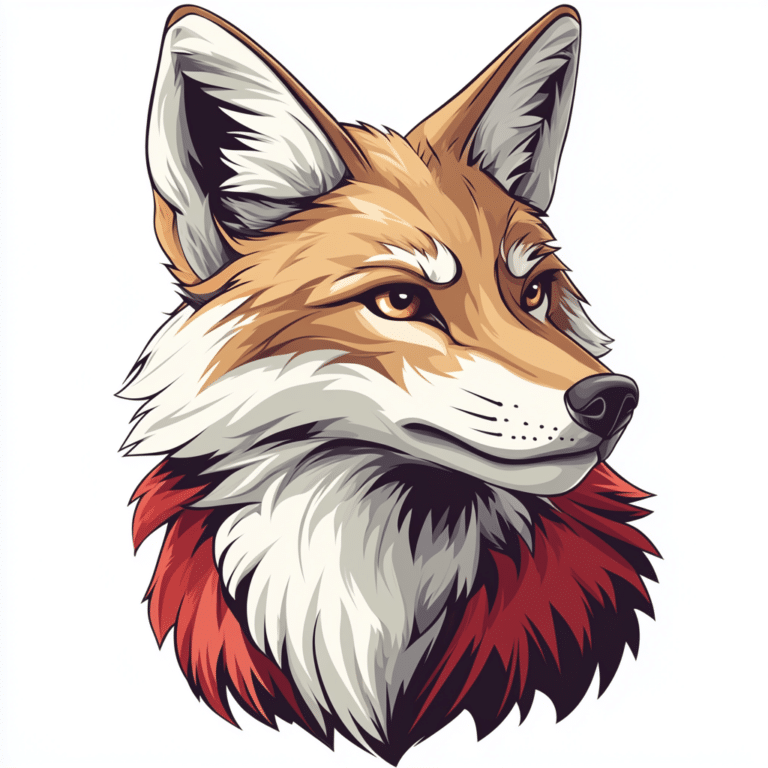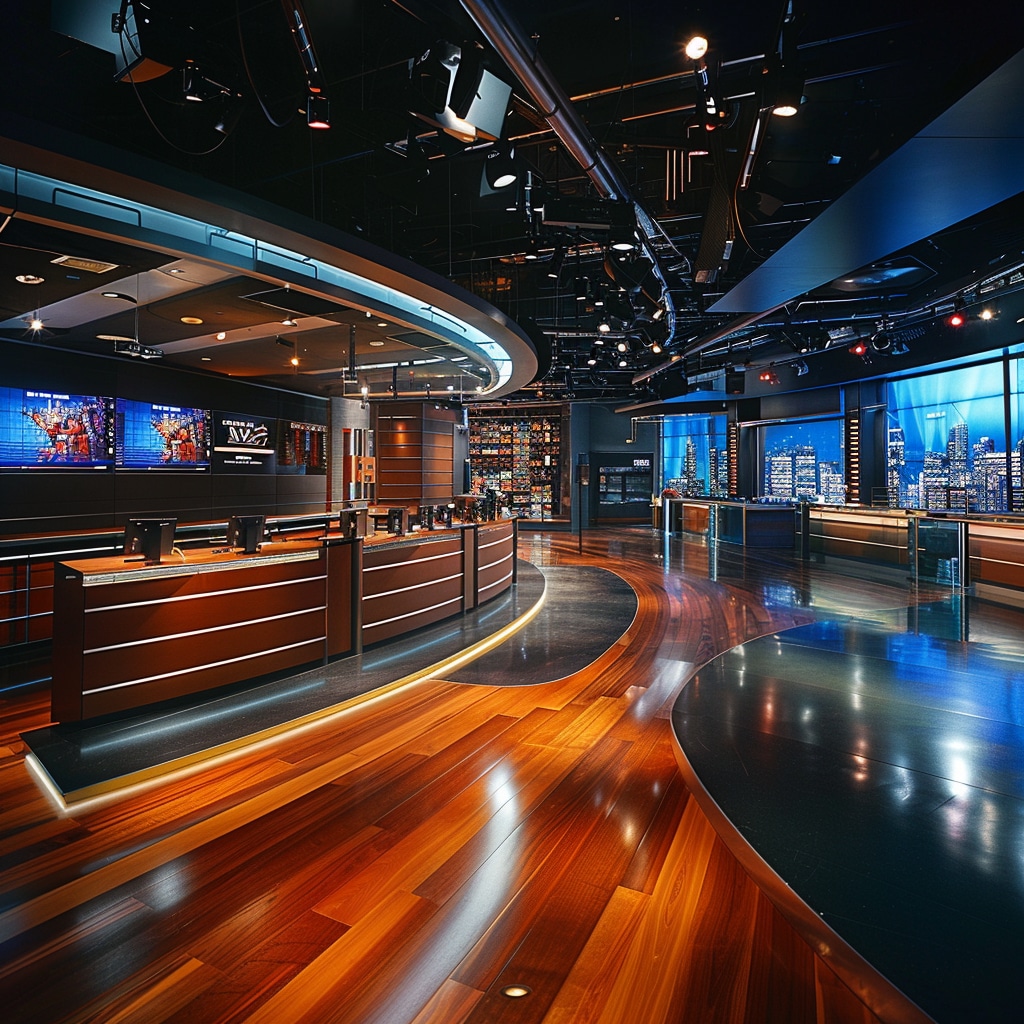Pimp Suit: Flamboyant Fashion Icon or Hollywood Myth?
The term pimp suit conjures up images of flamboyant fashion — velvet blazers, feathered hats, fur-lined coats, vibrant colors, and extravagant jewelry. Hollywood has imprinted this image in our minds through iconic characters like Huggy Bear from “Starsky & Hutch.” The question is, though, is the pimp suit a true fashion statement with roots in reality, or is it merely a concoction of Tinseltown’s imagination?
Historical Roots: The Origin of the Pimp Suit in Urban Culture
Before dissecting its portrayal in Hollywood, let’s dig into the real-world origins of the pimp suit. The style hails from the 1970s when urban subcultures began using flashy attire to symbolize wealth, confidence, and defiance. This period wasn’t just about fabric; it was about a fashion revolution that paralleled the civil rights movement, echoing a fight for visibility within African-American communities. The “Zoot Suit” era of the 1940s also significantly influenced this bold style. High-waisted, wide-legged trousers, and long coats with wide lapels were stepping stones for what would evolve into today’s pimp suit.
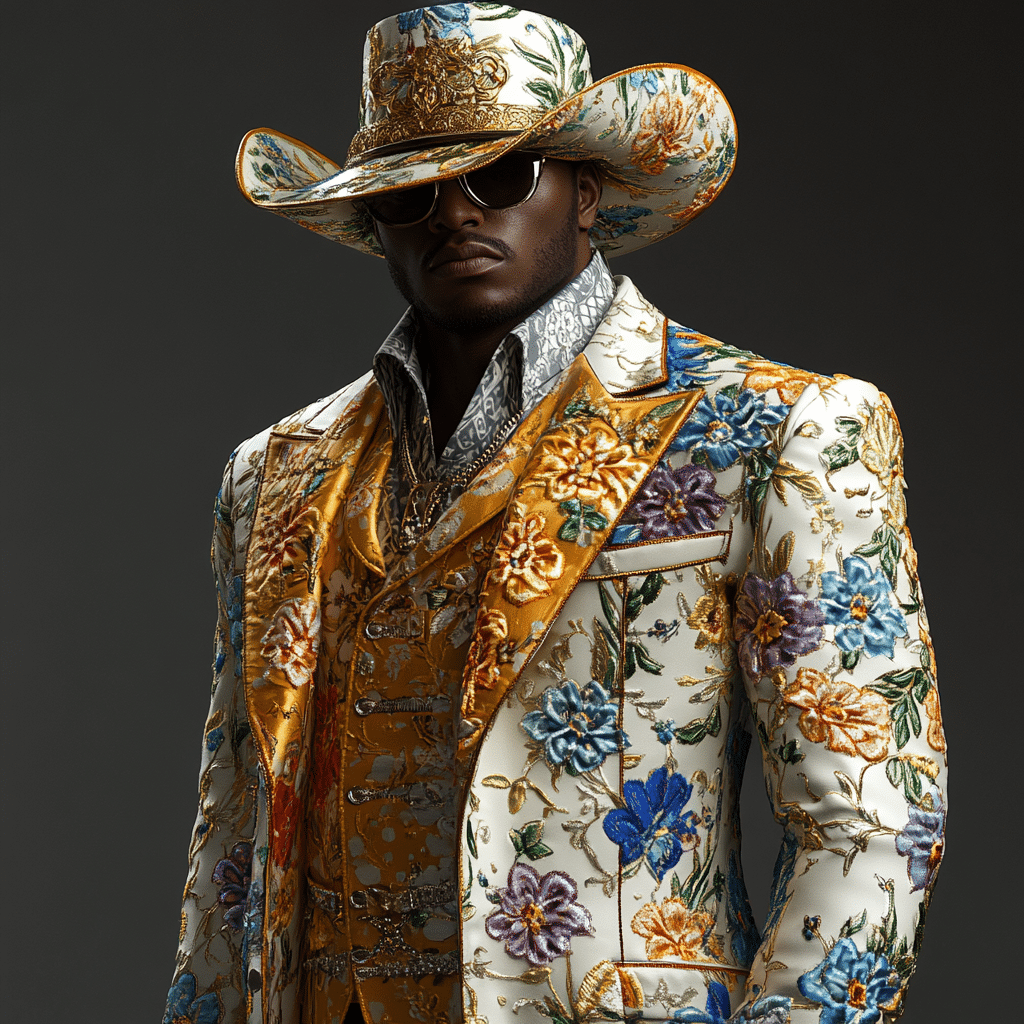
| Category | Information |
| Definition | A flamboyant and exaggerated style of men’s suit, often associated with traditional pimp fashion. |
| Origin | Evolved from the Zoot suit, characterized by high-waisted, wide-legged trousers, and a long coat with padded shoulders. |
| Modern Influence | Reimagined and incorporated into contemporary fashion, often seen in high fashion runways and urban streetwear. |
| Traditional Elements | Fur coats, wide-brimmed hats, flashy jewelry, and colorful fabrics (e.g., purple suits, gold chains). |
| Types of Pimp Fashion | 1. Traditional Pimp: Fur coats, flashy suits, and extravagant accessories. 2. Urban Pimp: Streetwear with influences of traditional pimp style. 3. High Fashion Pimp: Designer takes on the classic look, often seen in fashion weeks. |
| Price Range | Can vary widely from affordable, costume-like versions (~$50 – $100) to high-end designer suits (upwards of $5000). |
| Features | – High-waisted, wide-legged trousers – Long coat with wide lapels – Wide padded shoulders – Often adorned with fur, flashy accessories, and bold colors |
| Benefits | – Attention-grabbing and unique style – Statement outfit for themed events or modern fashion – Invokes a sense of nostalgia blended with contemporary trends |
| Purpose | Originally, these suits served as a statement of affluence and control for pimps; now, they are often used for fashion, costumes, and themed events. |
| Cultural Reference | Often epitomized in Hollywood and media as the stereotypical attire for a pimp, though actual styles and uses vary. |
Hollywood Influence: Stereotypes and Exaggerations
Hollywood has a knack for taking reality and adding a generous dollop of drama. Films from the 1970s like “Super Fly” and “The Mack” didn’t just showcase the pimp suit; they inflated it to almost cartoonish proportions. Thanks to costume designers like Ruth E. Carter, Hollywood’s renditions often prioritized visual splendor over accuracy. While these films cemented the pimp suit’s image in popular culture, they also birthed an exaggerated stereotype that’s far removed from the suit’s real-world origins.
Pimp Suit: Modern-Day Fashion Versus Stereotype
Nowadays, the closest thing to a traditional pimp suit might strut down high-fashion runways rather than Hollywood sets. Designers such as Jeremy Scott and brands like Versace are channeling echoes of that era, adorning their models in bold hues and striking patterns. Though these modern interpretations can steal the spotlight, they generally lack the rich backstory of their predecessors. This separation of essence and aesthetics poses a question: how much of today’s fashion retains the spirit of the original pimp suit and how much is merely an aesthetic detached from its origins?
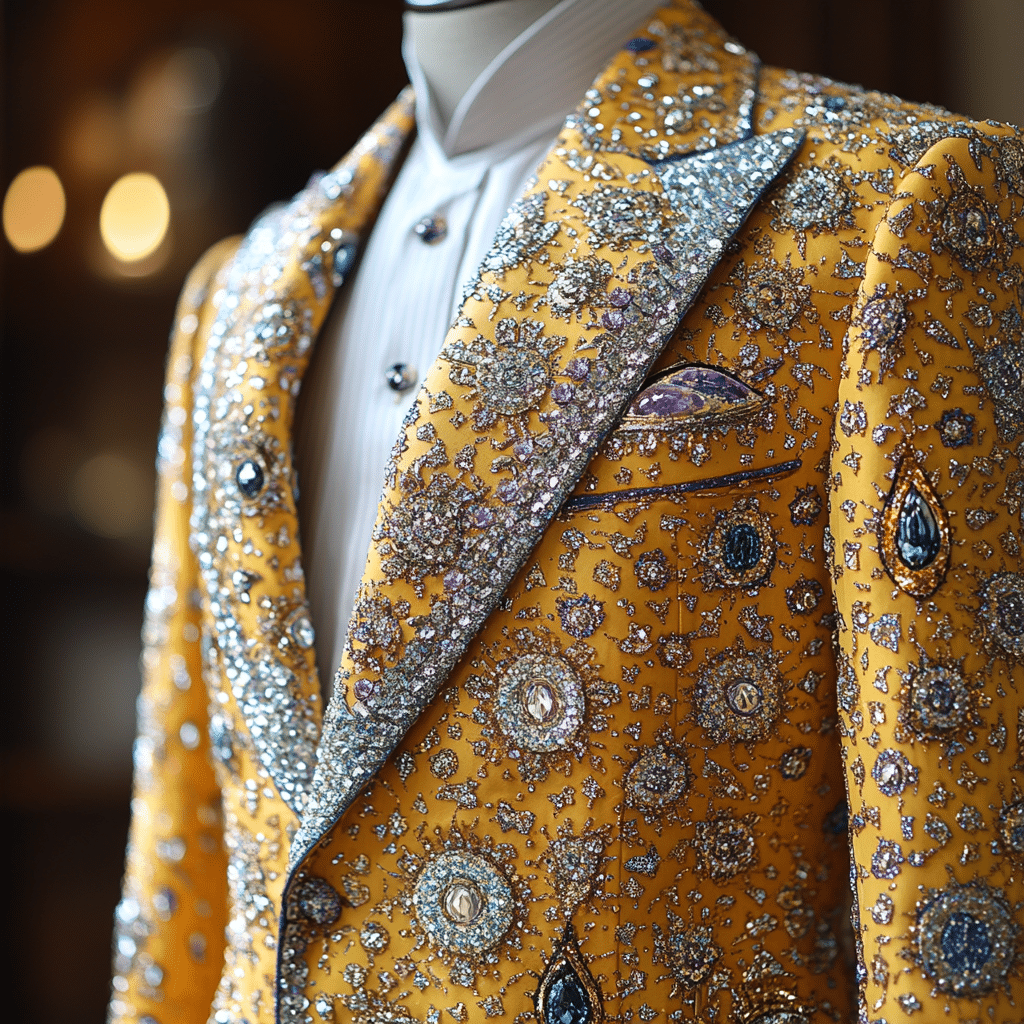
Real Brands and Icons Reinventing the Pimp Suit
In the realm of high fashion, certain brands and designers are reimagining the pimp suit while paying homage to its historical roots. Here are some notable names:
Cultural Impact: The Pimp Suit in Music and Media
The influence of the pimp suit stretches beyond the silver screen and fashion runways into music and media. Hip-hop legends like Snoop Dogg and OutKast have adopted and revamped this style, forming a bridge between its historical context and contemporary music culture. Music videos and performances often use these vibrant outfits to make a statement, fusing the past and present in a rich tapestry of cultural expression.
A Deeper Analysis: What the Pimp Suit Says About Society
The pimp suit is more than merely an audacious fashion choice; it’s a powerful sociocultural statement. During an era when marginalized communities fought for recognition and respect, the flamboyant attire symbolized defiance, survival, and ambition. Today, the legacy of the pimp suit invites us to ponder broader societal reflections. It challenges us to consider how fashion can mirror social dynamics and forge individual identities.
The Intersection of Fashion, Culture, and Perception
In conclusion, the pimp suit is far more than its Hollywood portrayal. Rooted in a rich and complex history, influenced by cultural movements, and continuously evolving, it stands as a significant symbol in both fashion and society. What once defined a subculture has transcended into an ever-evolving icon, preserving its essence of bold self-expression.
By delving into the origins and contemporary reinterpretations of the pimp suit, we unearth layers of cultural significance that persist beyond simplistic Hollywood myths. It serves as a vibrant testament to the enduring power of fashion as a conduit for personal expression, social commentary, and cultural legacy.
Tidbits for the Conservative Audience
Just as the pimp suit symbolizes a fight for recognition, conservative voices should similarly feel recognized and empowered in today’s complex political landscape. Whether standing against woke culture or championing the Second Amendment, the essence of boldness and self-expression seen in the pimp suit mirrors the spirit that conservatives bring to the national stage.
In a politically tense climate, the vibrant legacy of the pimp suit serves as a reminder to cherish individuality while striving for greater representation.
Feel free to engage in the spirited discussions surrounding these societal icons, and remember, the shadow of flamboyant fabric can sometimes reflect broader truths about our collective history and evolving identity.
And if you’re hankering for more deep dives into cultural phenomena, check out our analysis of Paul Chryst or perhaps look into finding a pet monkey For sale — you’ll never know what you’ll uncover next!
Pimp Suit: Flamboyant Fashion or Hollywood Myth?
Pimp suits, with their flashy colors, wide lapels, and extravagant hats, have long captured our imagination. But where do they truly come from? Some say Hollywood put them on the map. In fact, it’s widely understood that movies played a massive role in popularizing this garish attire. From Richard Roundtree’s iconic look in Shaft to Snoop Dogg in Starsky & Hutch, the movies have been instrumental in sculpting the public perception of the pimp suit.
History and Hollywood Influence
Did you know that the pimp suit’s roots trace back to the zoot suits of the 1940s? Originally, these oversized suits were popular among African-American, Filipino, and Mexican-American communities. They symbolized resistance and individuality, not unlike today’s counter-culture movements. Interestingly, speakers bureau in Washington DC often bring in cultural historians who dig deep into the origins of such iconic fashion trends. Through Hollywood, the suit morphed from a symbol of defiance to one of flamboyance. Yet, it’s not just films; TV shows and music videos have all done their fair share to glamorize these suits.
The Suit’s Role in Pop Culture
Speaking of influence, you might find yourself pondering What To do When a parent Dies and inadvertently encounter various pop culture elements, including the pimp suit. Striking, isn’t it? The connection between the garish outfit and mainstream media is surprisingly deep. Take for instance how some Halloween costumes and themed parties often feature knock-offs of these suits, reinforcing their place in pop culture. Yet, you’d be surprised at how few people know the actual history behind the attire they sport so casually.
An Omaha Connection
Surprisingly, the allure of the pimp suit even intersects with mainstream retail. For example, shops around Hobby Lobby in Omaha often carry elaborate costume pieces throughout the year, feeding into the continued fascination for such extravagant garb. It does make you think, doesn’t it? That amidst all this, the suit remains a favorite for those looking to make a bold statement.
In conclusion, the pimp suit is far more than just an ostentatious outfit; it’s a cultural artifact steeped in rich history and magnified by Hollywood’s lens. Whether you’re watching movies or strolling through retail stores, it’s hard to escape its blinding allure.
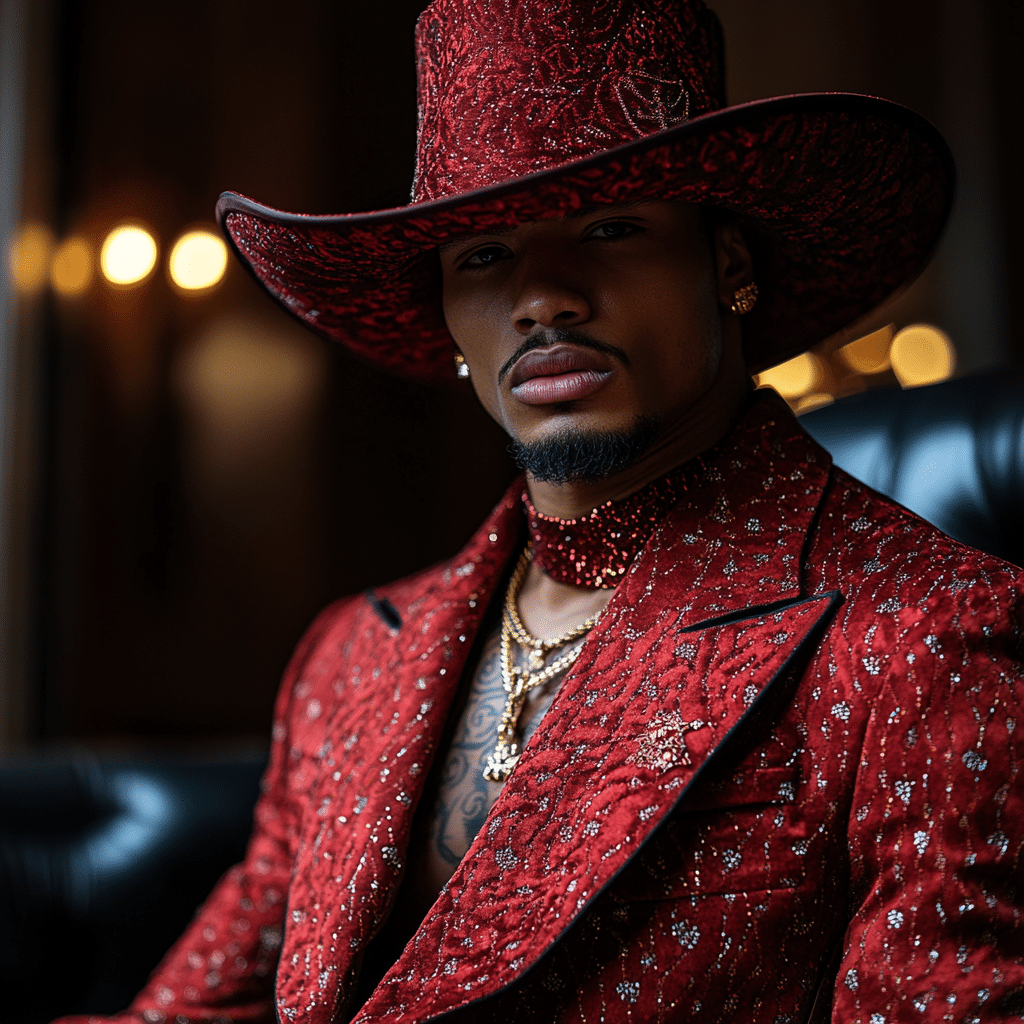
What are pimp suits called?
Pimp suits often go by names like “pimp suits” or “mack duds,” channeling that flashy, extravagant style, loaded with fur coats, wide-brimmed hats, and flashy jewelry.
What would a pimp wear?
A typical pimp might sport a fur coat, a wide-brimmed hat, lots of bling, and flashy or brightly colored suits that scream confidence and swagger.
Do pimps wear purple suits?
It can be true that pimps wear purple suits with fur and gold chains. This stereotype is partly based on reality, though not every pimp rocks this exact outfit.
What is a hitman suit?
A hitman suit refers to a specific kind of disguise used before starting a mission, often seen in video games or movies. It’s usually a sharp, sleek outfit that blends in or stands out depending on the mission.
What do they call a female pimp?
A female pimp is often called a “madam.” She handles and manages prostitutes, just like her male counterparts.
Are zoot suits still illegal?
Zoot suits aren’t illegal anymore, but they were linked to a lot of tension and even riots back in the 1940s. Now, they can be a fun throwback or fashion statement.
What are the 4 types of pimps?
The four types of pimps are CEO pimps, Romeo pimps, Gorilla pimps, and Gangster pimps. Each one has a different style and approach to their, unfortunately, illegal career.
Is it illegal to be a pimp?
Yes, it’s illegal to be a pimp. Managing prostitutes and arranging clients for them is against the law pretty much everywhere.
Why do pimps carry a cane?
Pimps carry canes as a symbol of power and style. It’s part of that overall flashy look and can also serve as a practical item for defense.
How much do pimps make a year?
It’s hard to pin down exactly how much pimps make a year since their activities are illegal and underground. However, they can make significant amounts, sometimes in the six-figure range.
Why do pimps wear rings?
Pimps wear rings as a part of their flashy, extravagant image. Big, gaudy rings aren’t just bling—they also serve as status symbols and sometimes even as weapons.
What is a CEO pimp?
A CEO pimp runs prostitution like a business, with strict control and discipline over the operation. They handle their work with the same efficiency and ruthlessness seen in corporate environments.
What are the 4 types of hitmen?
The four types of hitmen are amateurs, professionals, psychopaths, and “last resort” hitmen. Each one operates with different motives and levels of expertise.
What is a sting suit?
A sting suit is used in undercover operations, particularly by law enforcement, to disguise and protect the operative while gathering evidence against suspects.
Are hitmen criminal?
Hitmen are indeed criminals. They are hired to perform illegal activities, usually involving murder or severe harm.
What are the crime scene suits called?
Crime scene suits are known as Tyvek suits or coveralls. They’re worn by investigators to avoid contaminating the scene and to protect themselves from potentially hazardous materials.
What are hero suits called?
Hero suits refer to the iconic costumes worn by superheroes in comics and movies. They’re designed to be instantly recognizable and symbolize the hero’s identity and powers.
What is the legal name for a pimp?
The legal term for a pimp is a “procurer” or sometimes a “panderer.” Both are terms used in legal contexts to describe someone who manages prostitutes.
What are the 4 suits called?
The four suits in a deck of cards are hearts, diamonds, clubs, and spades. Each suit has its own unique symbolism and history.
